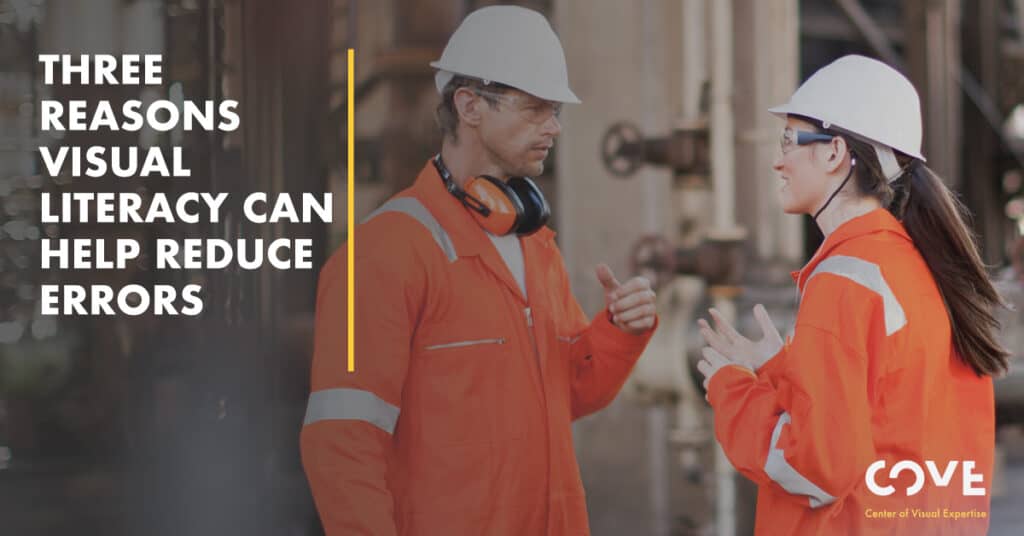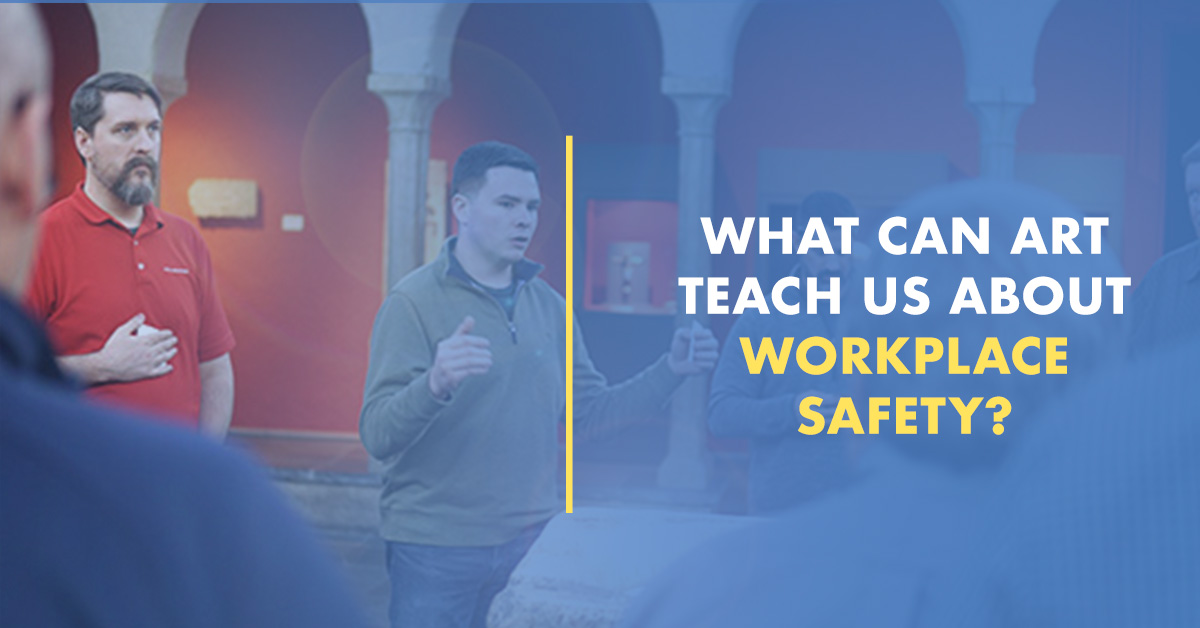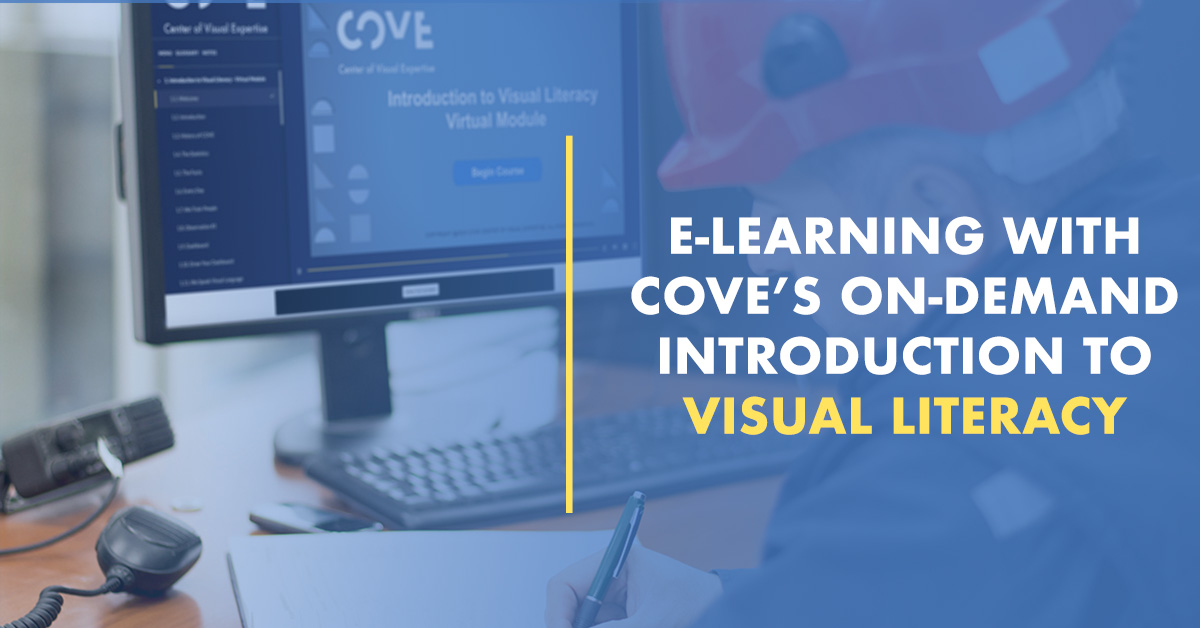I am a big fan of Rob Fisher and the work done at Fisher Improvement Technologies (FIT). For over 25 years, Rob and his team have focused on Human and Organizational Performance and how to reduce errors. FIT’s Advanced Error Reduction in Organizations program provides a framework for reducing human error. Visual Literacy intersects with error reduction in many aspects and I would like to highlight three in particular where applying the tools and techniques of visual literacy along with the tools associated with error reduction can make an even bigger impact.
In very few instances does someone intentionally set out to make an error. Nearly all of our actions are intentional. We decide what we will do at the moment we do it either very consciously or at times on automatic pilot if it is something that we are skilled in by having done it several times. When an error happens, we can be surprised that the outcome was not what we expected. Our action was intentional but not the outcome.
FIT also teaches that not all errors have an immediate consequence. Some do and an incident occurs on the spot resulting in an injury, environmental event, quality problem, etc. Some, however, will build over time as a latent condition and the accumulation of errors over time can result in an unfortunate outcome.
We know that in approximately 90% of the unfavorable outcomes that occur, errors contributed to the outcome and approximately 10% may be the result of violations – not complying with the rule, standard or expectation.
So how does this relate to visual literacy? How does our ability to make meaning from what we see matter when reducing errors is our objective?
Visual literacy is all about our ability to see and interpret the world around us. Visual literacy is a form of critical thinking. It is about what we see, what it means, and what action we take as a result. We are all very confident in our ability to see. After all, if we are able sighted, we have been seeing all of our lives. We never think about turning our “seeing” on or off. We just do it much like breathing.
We apply our natural tendencies to see the world influenced by our experiences, expectations and biases that we all have. We often look but don’t really see. We draw conclusions anyway on what actions to take or decisions to make. We are often over confident that our quick look or glance provides us with the necessary information to guide our next action.
We can improve our visual literacy by applying simple tools and techniques that provide structure to how we look and see our environment. COVE teaches these tools and techniques in order to move us from just looking to truly seeing what is in front of us. Case studies indicate for example that applying these tools and techniques can improve hazard identification and risk management by as much as 30%. The more risk we are able to identify we can be more proactive in creating a safer work and home environment.
There are three primary ways that Visual Literacy integrated with Human and Organizational Performance principles can work together to reduce errors.
1. Visual Literacy Enhances our Ability to Think Critically
We know that all of us are fallible and we will make mistakes. By learning new Visual Literacy skills and improving our capability to think more critically, we have an opportunity to better anticipate what outcomes may be the result of our actions. Since most incidents are the result of our intended actions with an unanticipated outcome, we can improve by moving from just looking at a situation to seeing what is actually there. We can then draw a more accurate interpretation of the current situation and take actions that are most appropriate at the time.
2. Visual Literacy Helps Us “See” Error Traps
Error traps are predictable and preventable, but only if we see them. Recognizing the existence of error traps and seeing the triggers that tell us they exist, we can be proactive in preventing unanticipated and unfavorable outcomes. One of the common error traps is overconfidence. Overconfidence can cause our critical thinking to shut down and our visual attention to details, changing conditions, and how things may be different this time than the last time that we performed this particular task. Instead of moving from looking to truly seeing, we move immediately from looking to interpretation. Some may recognize this as jumping to a conclusion!
This correlates to our belief that it is not good enough to be intellectually knowledgeable about what a hazard is. We must be able to see them as well. Error traps such as stress, time pressure, poor communication, performing first time or infrequent tasks can all result in quickly looking at the situation and not really seeing the reality of what is in front of us. Applying tools and techniques from visual literacy can help slow us down and decompose the environment so we can draw better interpretations and reduce human errors.
3. Visual Literacy Improves Our Ability to Execute at a Task Level
Visual Literacy is all about the individual and the present moment regardless of the performance mode that the individual is working in at the time. While we describe jobs broadly, there is really no true job when it comes to execution. There are tasks to be performed that are typically made up of multiple actions. For example, the job “mechanic” may describe a job, that job is made up of numerous tasks and actions taken at the time based on what the mechanic is doing.
Each task begins with “seeing” the actions that need to be executed to complete the task successfully. It is difficult to think of any task that doesn’t begin with “seeing” what is there in order to determine what action we will take.
Without a structured method to visually examine the task to be completed, we can miss critical elements of the task and the surrounding environment because we rely on what we have seen before or believe it is what we think we are seeing now. By applying the tools and techniques associated with visual literacy such as Seeing the Whole PICTURE® and utilizing the Elements of Art to decompose the task and the environment, we have a much better opportunity to truly see how the situation may be different than what we have either seen before or expect to see so we can respond accordingly. This gives us the best opportunity to reduce potential errors as a result. I encourage you to learn more about how Visual Literacy and Human and Organizational Performance can reduce incidents and improve performance.
As part of an ongoing webinar series, Doug Pontsler, Chairman and Managing Director for COVE and Rob Fisher, President and Director of Operations for Fisher Improvement Technologies, discuss the next generation of HOP and Safety.





